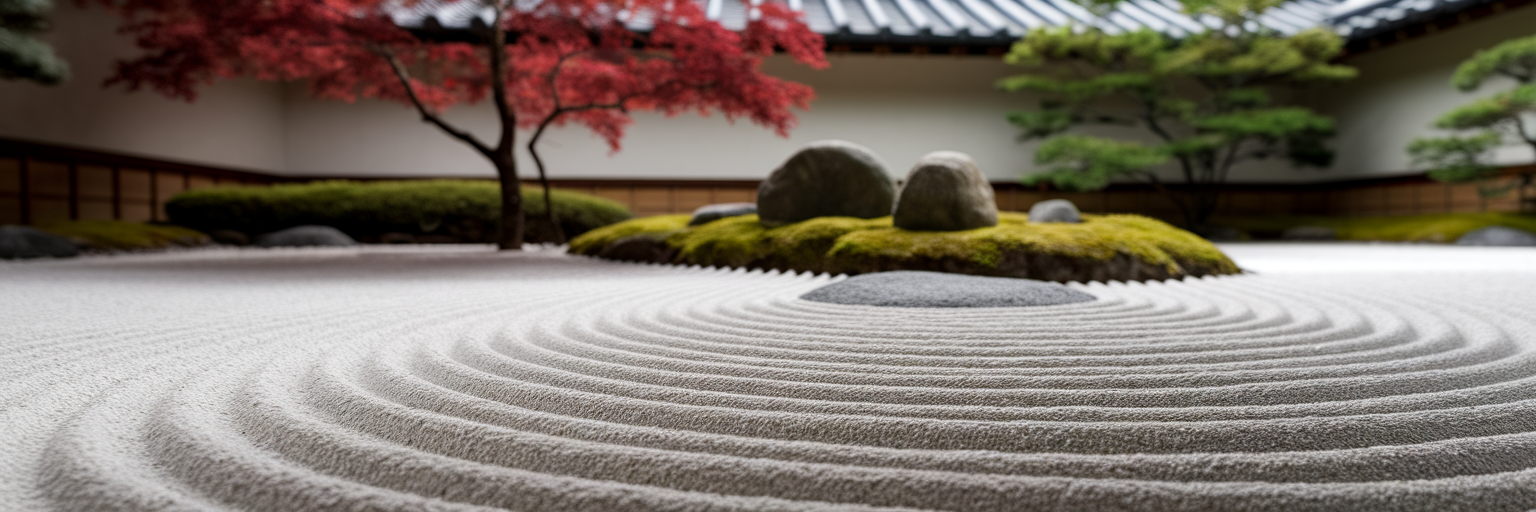How to Design Inclusive Incentive Travel Programs in Japan
Learn how to plan truly memorable and accessible corporate incentive trips to Japan that cater to every member of your team.

Learn how to plan truly memorable and accessible corporate incentive trips to Japan that cater to every member of your team.

Japan consistently ranks as a premier destination for corporate rewards, offering a compelling blend of ancient tradition and futuristic innovation. Yet, the measure of a truly successful incentive trip has changed. It is no longer enough to simply visit; the experience must reflect a company’s commitment to its people. For modern corporations, this means embedding Diversity, Equity, and Inclusion (DEI) values into the very fabric of their travel programs.
Designing for inclusivity is not a matter of compliance. It is a strategic decision to ensure every high-performing employee feels seen, respected, and genuinely celebrated. When you plan for accessibility from the start, you create a smoother, more enjoyable experience for the entire group, not just for those with specific needs. This approach strengthens team cohesion and delivers a far greater return on investment by making everyone feel they belong.
The goal of corporate travel programs in Japan should be to create shared memories that unite a team. This article provides a practical guide for designing barrier-free cultural experiences that are both authentic and unforgettable, ensuring your incentive trip leaves a powerful and positive legacy.

Planning an inclusive trip requires a realistic perspective on Japan's infrastructure. The country presents a fascinating duality. On one hand, its public transport systems, like the world-renowned Shinkansen, are models of efficiency and accessibility. Major cities are often easy to navigate, with clear signage and helpful staff creating a welcoming environment for visitors.
However, this modern convenience exists alongside deep-rooted historical and architectural traditions that can present significant challenges. A survey from JTB Tourism Research & Consulting Co. found that while visitors praise the helpfulness of the Japanese people, many with disabilities encounter obstacles. The report highlights that 67% of these respondents perceived historical sites like temples and gardens as difficult to access by wheelchair. Similarly, traditional ryokans, with their tatami floors and futons, often lack fully accessible rooms.
This contrast between modern accessibility and historical barriers is not a reason to avoid Japan. Instead, it highlights the need for meticulous planning and deep local knowledge. Successfully navigating this landscape for an inclusive incentive travel Japan program depends on proactive problem-solving and transparent communication with participants. This complex reality underscores the need for the kind of comprehensive support our team provides to turn potential challenges into seamless experiences.
Flawless logistics form the foundation of any successful group trip. For barrier-free travel in Japan, this requires moving beyond standard procedures and adopting a more detailed, human-centric approach. Simply ticking an "accessible" box on a booking website is never enough. True inclusivity is built on verification, customisation, and foresight.
Here are the core pillars of effective logistical planning:
This table illustrates the difference between a standard approach and a truly inclusive one, providing a clear framework for excellence in planning MICE events in Japan.
| Logistical Area | Standard Approach | Inclusive Best Practice |
|---|---|---|
| Accommodation | Book rooms marked 'accessible' online. | Physically verify room layouts, roll-in showers, and bed heights. Confirm path from entrance to room is step-free. |
| Transportation | Rely on public transport or standard coaches. | Charter accessible coaches with lifts; pre-book 'welfare taxis'; plan routes to minimise inclines and stairs. |
| Pre-Trip Info | Send generic itinerary to all participants. | Distribute confidential surveys to privately assess mobility, dietary, and sensory needs. |
| Venue Selection | Assume modern venues are accessible. | Conduct site inspections to check for step-free access, accessible restrooms, and clear pathways for all events. |

The heart of an incentive trip to Japan lies in its unique cultural encounters. The challenge is to make these experiences accessible to everyone without diluting their authenticity. The solution is not to avoid tradition but to adapt it with creativity and respect. This philosophy of crafting meaningful moments is central to our approach to bespoke events.
A traditional tea ceremony, often performed while seated on a tatami floor, can be exclusionary. Instead of skipping it, the ceremony can be hosted in a beautiful temple room that offers low stools or chairs. The focus remains on the grace, precision, and mindfulness of the ritual, allowing everyone to participate comfortably in a shared moment of tranquility.
Many of Japan’s ancient castles and temples have steep stairs and narrow corridors that are impossible for wheelchair users. Rather than focusing on what is inaccessible, a skilled guide can create a rich experience on the ground level. By exploring the perfectly manicured gardens and using vivid storytelling, they can bring the history of the upper floors to life. High-quality virtual reality tours can also supplement the physical visit, offering an immersive view of inaccessible areas.
Hands-on workshops are fantastic for team building. Activities like calligraphy (shodo) or pottery (yakimono) can be set up with workstations at varied heights to accommodate both standing and seated participants. The goal is to create an environment where colleagues can learn and create side-by-side, ensuring the resulting shared memory is the main takeaway. These accessible cultural experiences in Japan prove that thoughtful design can make anything possible.
A truly inclusive program looks beyond physical mobility to address a wider spectrum of human needs. It is about creating an environment where every participant feels psychologically safe, understood, and cared for. This deeper level of consideration transforms a great trip into an unforgettable one, and you can find more ideas for creating thoughtful event components in our collection of articles.
Here are some crucial elements of holistic inclusion:

Ultimately, designing an inclusive incentive travel Japan program is a powerful business decision. It is a tangible demonstration of a company's values, showing its top performers that they are appreciated as individuals. The success of such a trip is measured not just in the photos taken but in the sense of belonging it creates.
Meticulous planning, deep local expertise, and a creative, problem-solving mindset are the keys to unlocking Japan for everyone. When a journey is designed with empathy and care, it fosters a profound sense of shared accomplishment that strengthens team bonds and enriches corporate culture long after everyone returns home. It proves that the most memorable rewards are the ones everyone can share. Explore how we bring these principles to life by visiting our homepage.